Despite its long history and reputation for quality, Mazda has struggled to gain traction in major markets and compete with some strong rivals.
In Vietnam, Mazda is achieving certain sales successes with models such as CX-5, Mazda3 or Mazda2, even the Mazda CX-5 model is always on the list of Top best-selling cars every month.
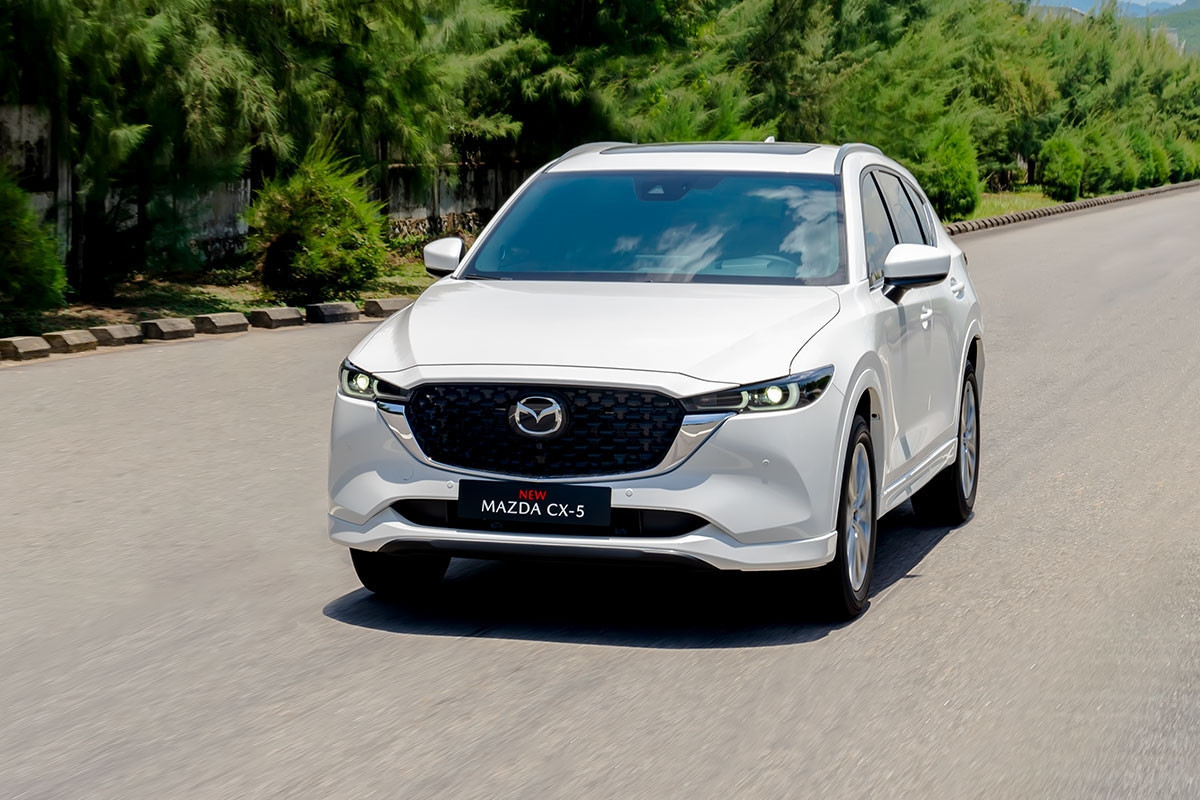
However, in other markets, Mazda is facing challenges related to brand positioning as well as product quantity limitations.
Below are some reasons why Mazda is less popular and has difficulty competing with domestic rivals such as Toyota, Honda or Nissan in the global market.
According to Vehicle Freak's analysis, Mazda's brand recognition is lower in the minds of the majority of customers than some of its competitors such as Toyota, Honda and Nissan. This is partly due to Mazda's smaller marketing budget, which limits its ability to advertise and promote its products.
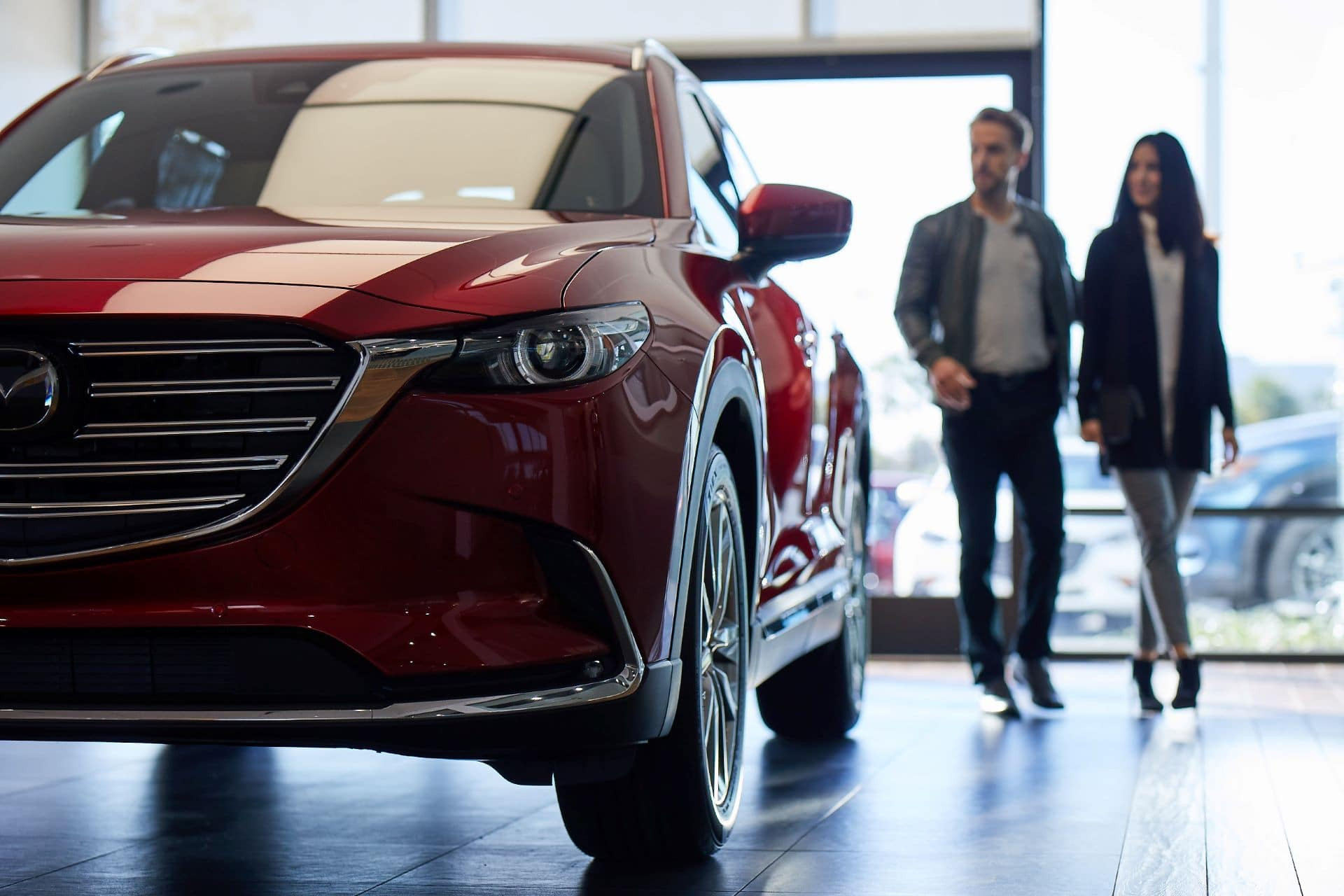
As a result, potential customers may not be familiar with the Mazda brand. When consumers are considering a new car, they may think of other well-known brands like Toyota, Honda, or Ford rather than considering a lesser-known brand like Mazda.
Another challenge Mazda faces with the lack of brand awareness is that it will take longer to build a solid reputation for quality and reliability despite their reputation as one of the top quality automakers.
This could make it difficult for Mazda to differentiate itself from its competitors and convince customers to choose a Mazda over its competitors.
Mazda has a smaller product range than many of its competitors, which allows Mazda to focus on producing high-quality vehicles but on the downside can limit its appeal to customers looking for a wide range of options.
According to CarBuzz, Mazda's core product line is mainly divided between sedans/hatchbacks/roadsters and Crossovers. In the sedan/hatchback/roadster segment, there are the Mazda2, Mazda3, Mazda6, MX-5, and in the Crossover segment, there are the CX-3, CX-30, CX-5, CX-50 and CX-8 (some markets call it the CX-9).
The Mazda MX-30 electric car is sold in very small numbers and is only available in certain markets. Other models such as MPVs and high-performance models are not available. Meanwhile, Mazda's competitors have both breadth and depth in their product lines.
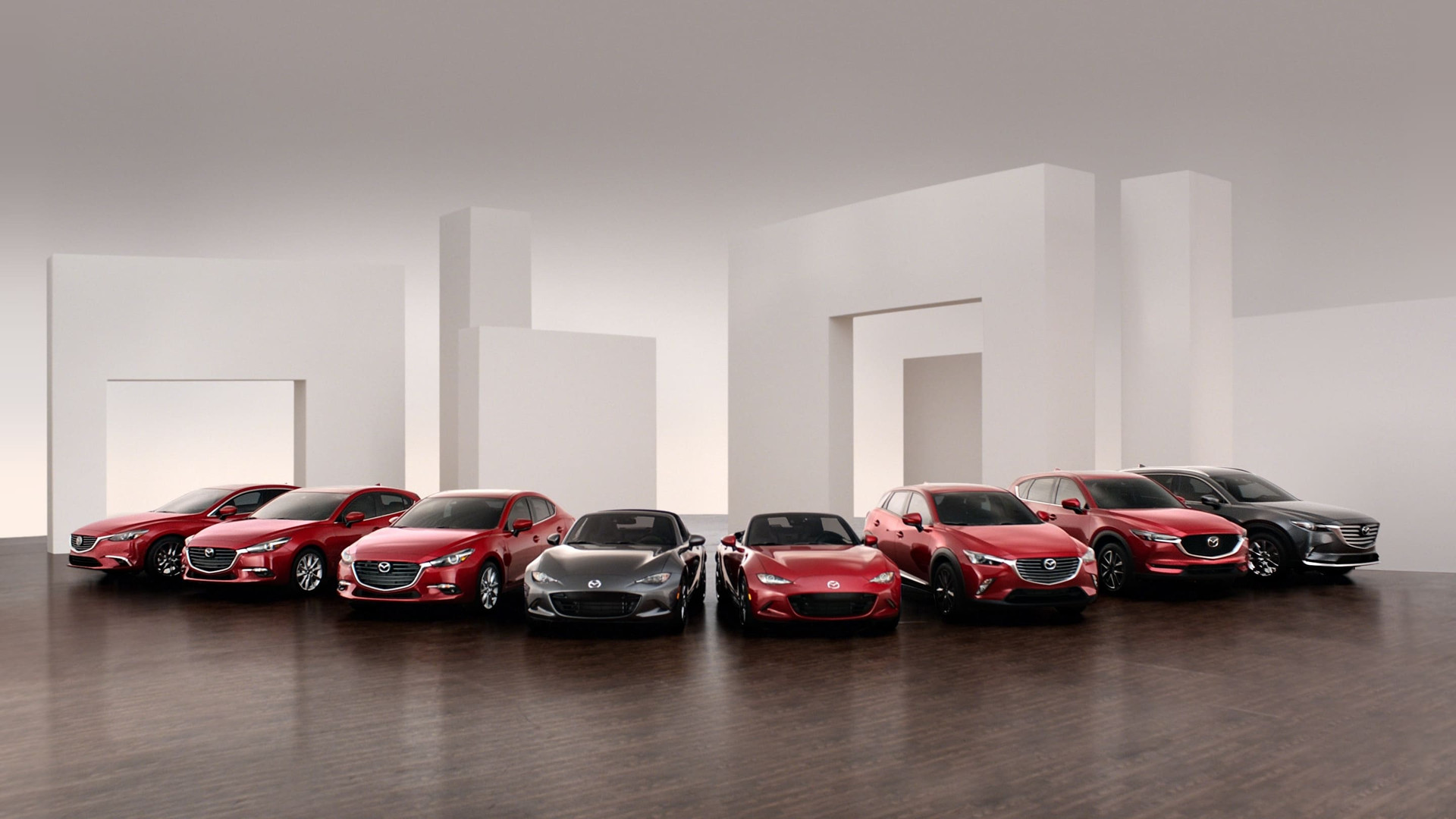
The biggest challenge Mazda faces with its limited model range is attracting customers who are looking for specific features or styles in a car. It also struggles to keep up with changing consumer tastes and trends.
One of the main challenges Mazda faces with its current lineup is the relatively limited choice of SUVs, especially in the mid-size and full-size segments. Meanwhile, the SUV trend has become increasingly popular in recent years, and many brands have invested heavily in developing and promoting their SUV products.
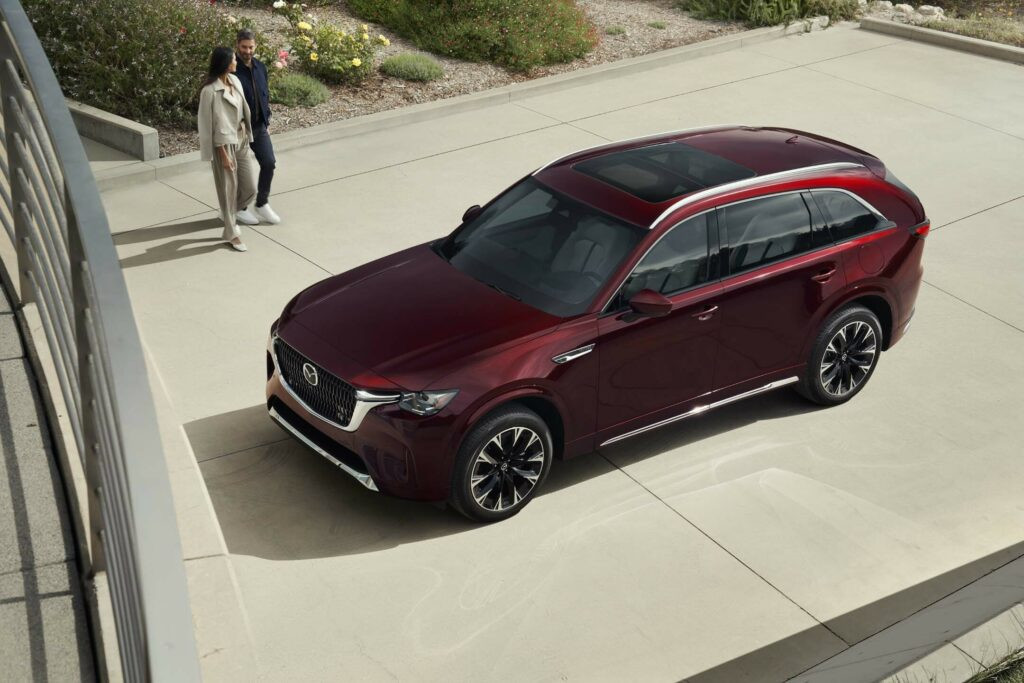
Mazda currently only offers the CX-3, CX-30, CX-5, CX-50 and CX-8/CX-9 SUVs, but they're still smaller than some of the mid-size and full-size SUVs offered by other brands.
The lack of mid-size and large SUVs will make it harder for Mazda to compete with rivals in markets where large SUVs are popular, while missing out on opportunities to attract new customers and expand market share.
Along with the SUV trend, hybrid and electric vehicles are also becoming more popular because they offer better fuel efficiency and lower emissions than traditional internal combustion engine vehicles. As more consumers become more concerned about the environment, the demand for hybrid and electric vehicles will continue to increase.
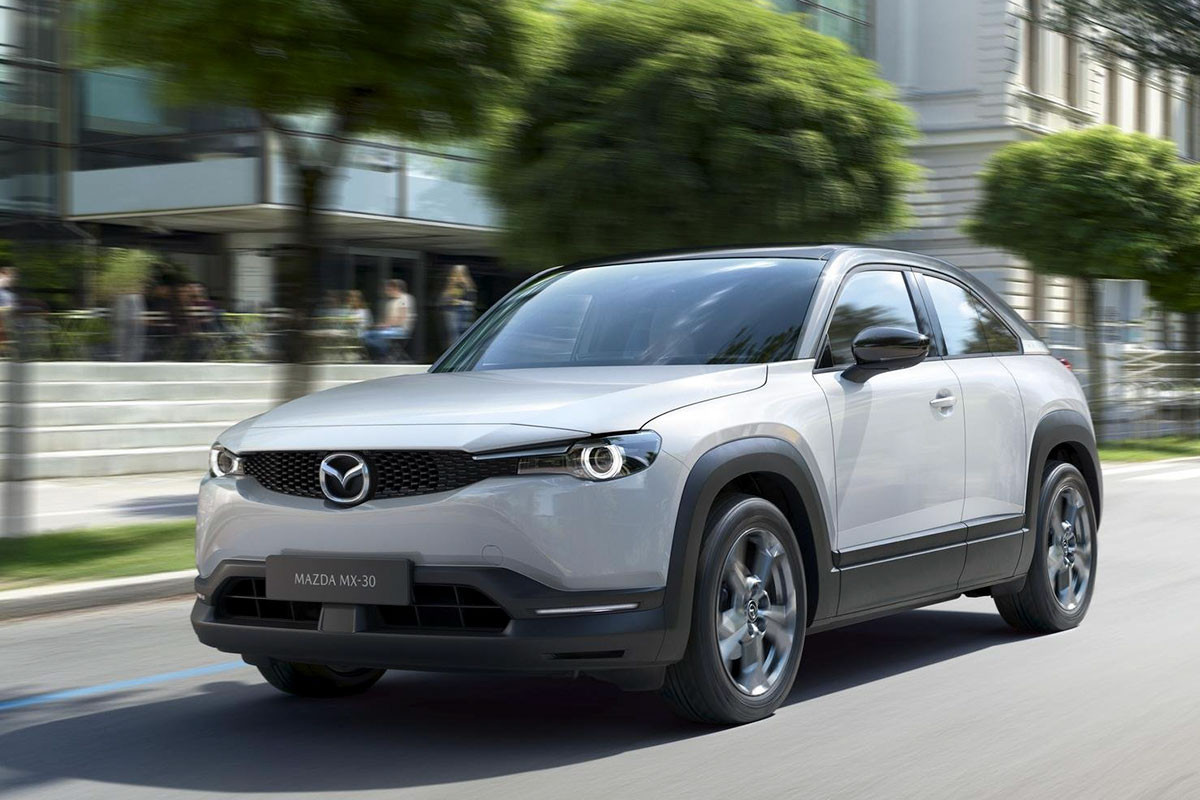
Meanwhile, Mazda only has the CX-50 as a hybrid, and the MX-30 is an electric vehicle that is only sold in certain markets. With such a limited number of hybrids and electric vehicles, Mazda could lose potential sales and market share to its competitors.
Although Mazda is a well-known brand in Japan and some other Asian markets, Mazda's global presence is relatively limited compared to some of its competitors.
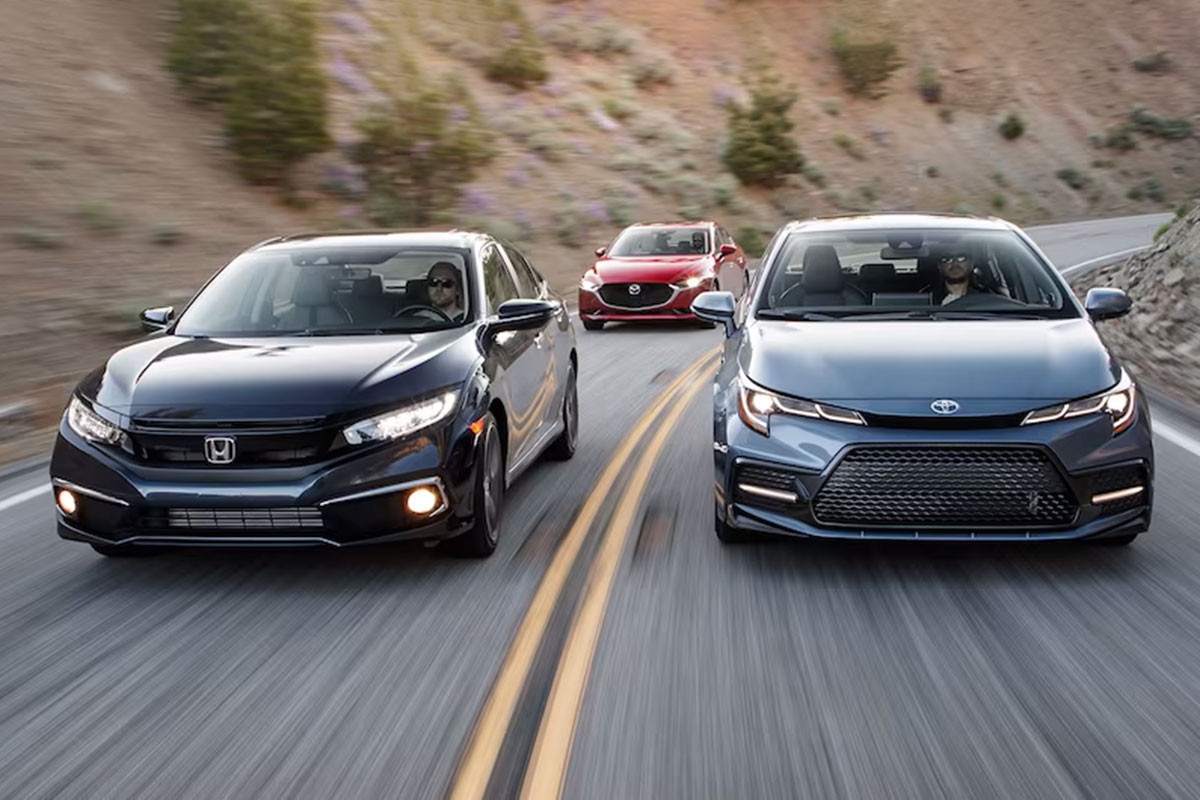
In 2022, Mazda sold just over 1.1 million vehicles, while its domestic rivals Nissan sold 3.2 million, Honda 3.5 million and Toyota 10.5 million. This significant difference in sales is partly due to Mazda's limited global presence, especially in major markets such as the US, Europe and China.
In recent years, Mazda has made a new strategic business decision to not pursue the low-end market. This makes sense because profit margins are low and Mazda wants to position itself as a more premium brand than its competitors.
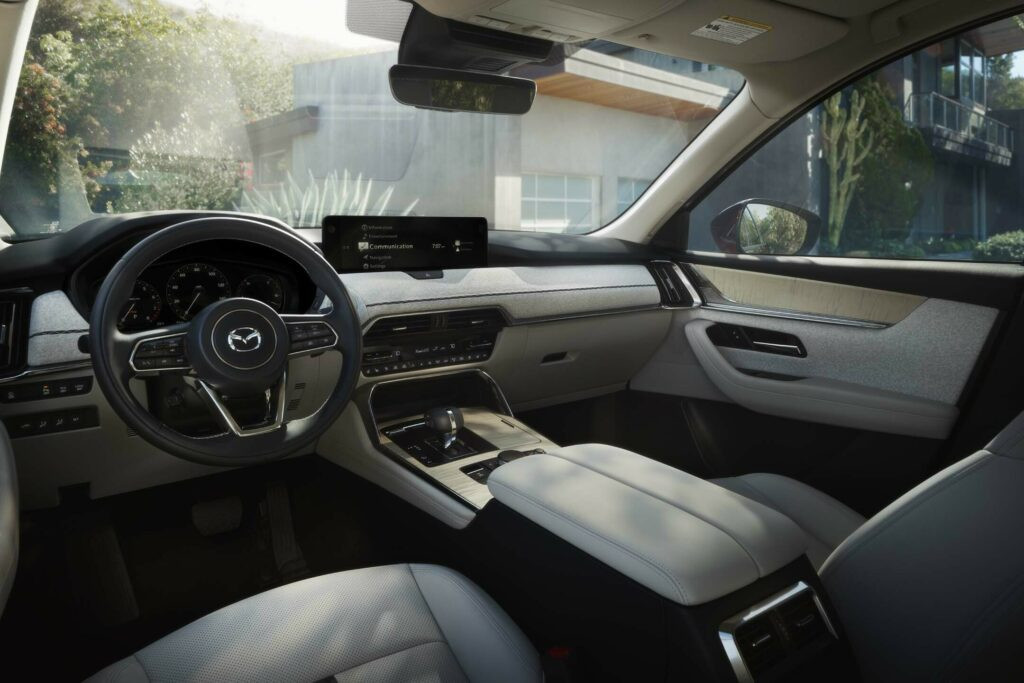
This is considered a solid step in the long term, but because of that, the selling price of Mazda models has increased significantly, causing the demand for Mazda car ownership at a reasonable cost to decrease.
That also helps explain why many markets rarely see Mazda-branded cars on the road like other popular brands like Toyota, Honda, KIA or Hyundai.
According to Vietnamnet